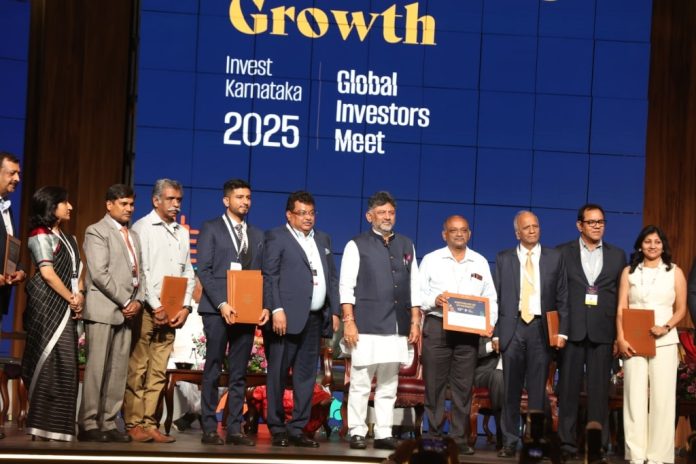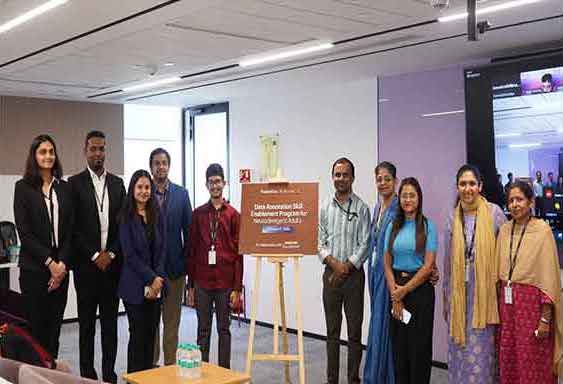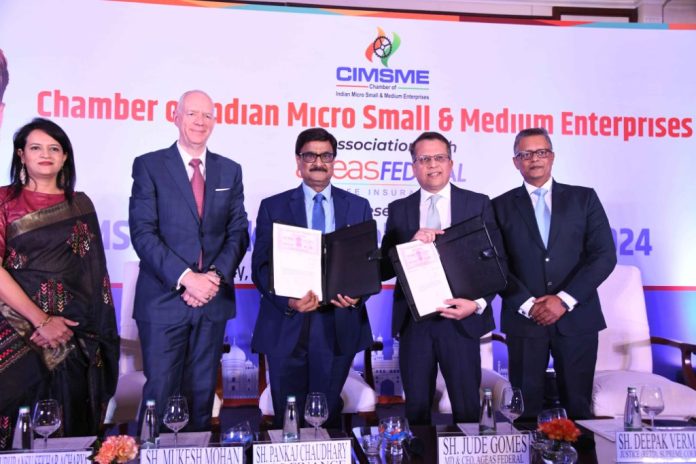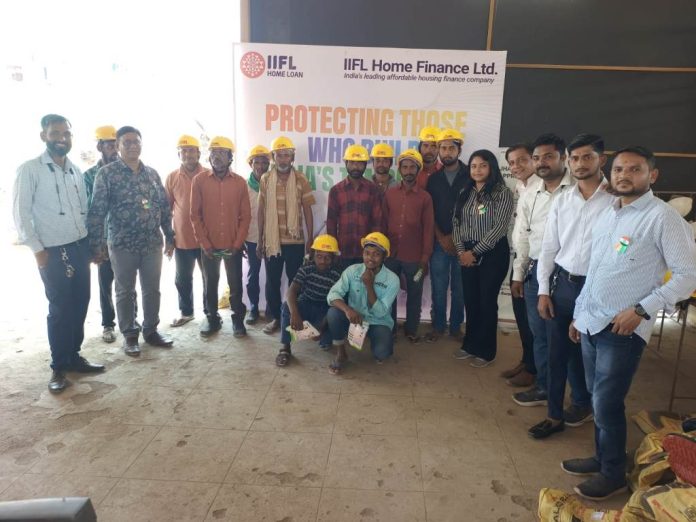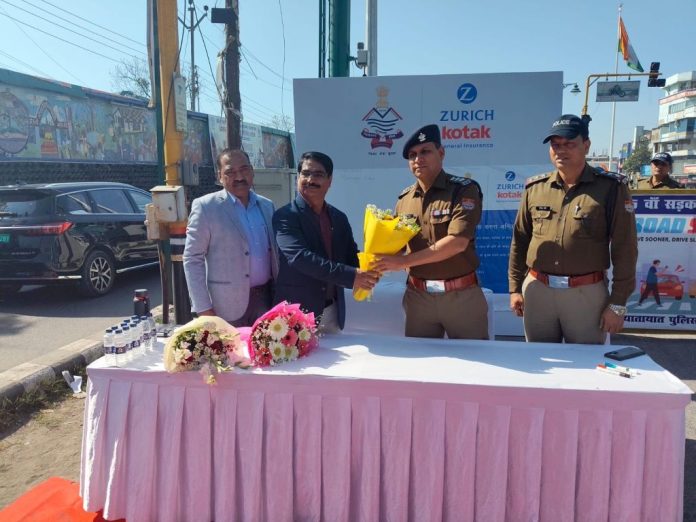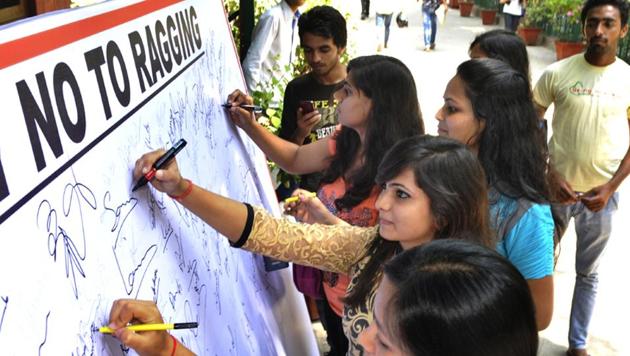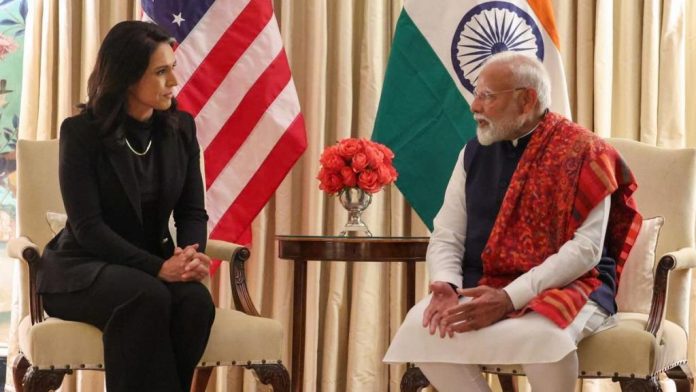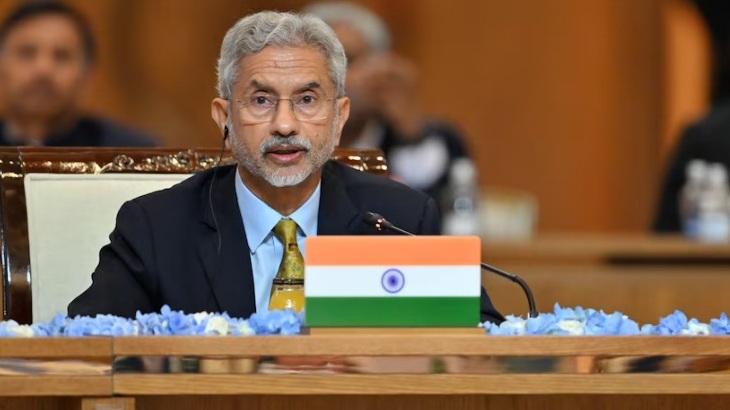Bengaluru, India: Nirani Sugars, India’s Largest Privately-held Sugar Company and one of India’s largest Sugar Producers, has signed a Memorandum of Understanding (MoU) with the Government of Karnataka to establish a state-of-the-art Polylactic Acid (PLA) manufacturing facility in Bagalkot. The project, with a proposed investment of approximately ₹2,000 crores, is set to be developed over the next 3 to 5 years, generating 600–800 direct employment opportunities in the region.
The Government of Karnataka will facilitate Nirani Sugars in obtaining the necessary approvals, permissions, and incentives as per prevailing policies, ensuring a smooth and time-bound execution of the project.
PLA, a biodegradable and sustainable polymer derived from renewable resources, is a crucial step toward eco-friendly alternatives in packaging, textiles, and various industrial applications. Key applications include 3D printing for filaments, packaging for compostable containers and wraps, and medical uses such as sutures and implants. It is also used in disposable tableware, agricultural mulch films, eco-friendly textiles, automotive interiors, and biodegradable electronic casings, making it a versatile and sustainable material.
With this investment, Karnataka will become the one of the leading states in India to venture into this promising. By leveraging its strengths in innovation, agricultural resources, and sustainability, Karnataka can address critical challenges such as plastic waste management, resource scarcity, and the increasing demand for environmentally responsible alternatives.
Vishal Nirani, Director, Nirani Sugars, expressed his enthusiasm about the project, stating:
“We are excited to partner with the Government of Karnataka to bring cutting-edge PLA manufacturing to Bagalkot, reinforcing the state’s position as a leader in sustainable industrial growth. This project is not just an investment in manufacturing but a commitment to Karnataka’s vision for a greener and more self-reliant future. While plastics have long been valued for their versatility and durability, they now pose severe environmental challenges, including marine pollution, land degradation, and the long-term accumulation of non-biodegradable waste. Despite advancements in waste management technologies, a truly effective and sustainable solution to the plastic waste crisis remains elusive. Karnataka, with its strong industrial ecosystem and progressive policies, is the ideal destination to spearhead this transformation. By producing biodegradable and renewable alternatives right here in the state, we aim to contribute to India’s green economy while generating employment and economic opportunities for the people of Karnataka. The potential of bio-based plastics to replace conventional plastics and mitigate environmental degradation makes them a cornerstone of the transition toward a sustainable, circular economy – one that Karnataka will also lead.”
With this initiative Nirani Sugars intends to reinforce its position as a leader in sustainable industrial development, leveraging its expertise in agro-based industries to drive forward environmentally responsible manufacturing paving the way for a petroleum plastic-free world.
Disclaimer: This media release is auto-generated. The CSR Journal is not responsible for the content.

